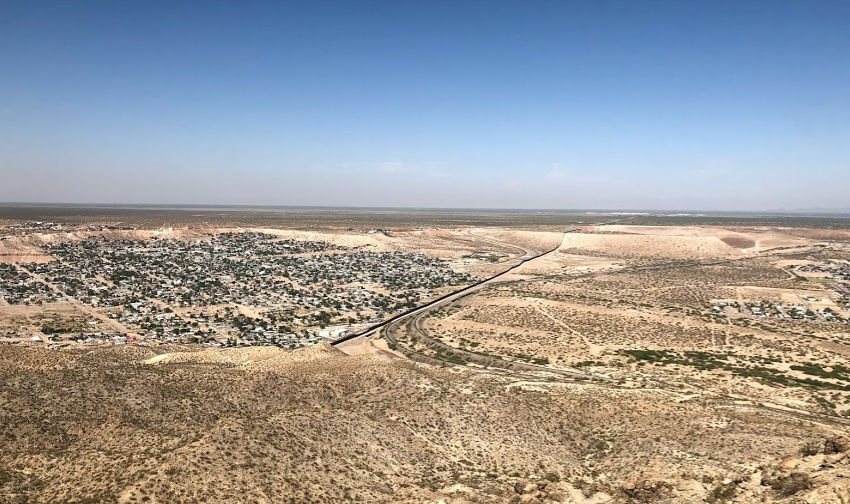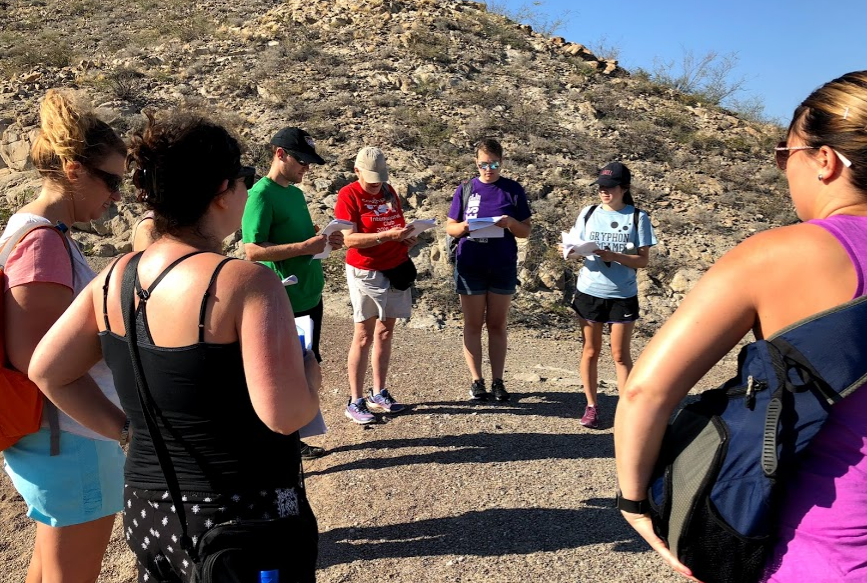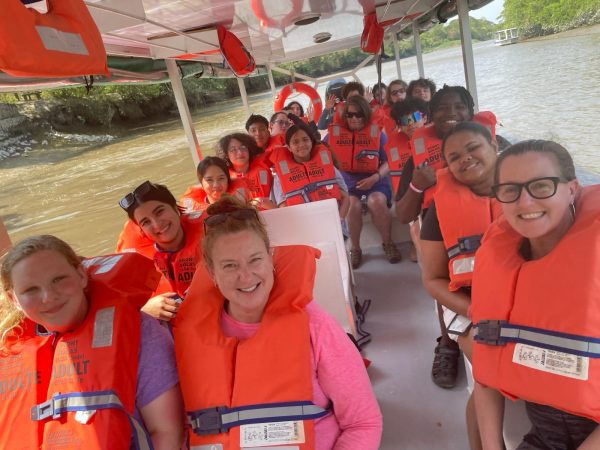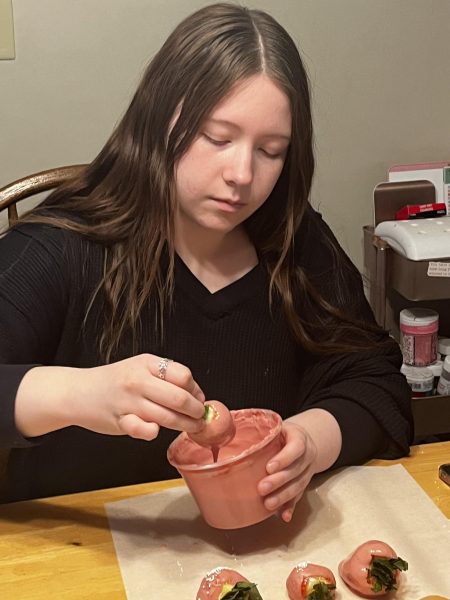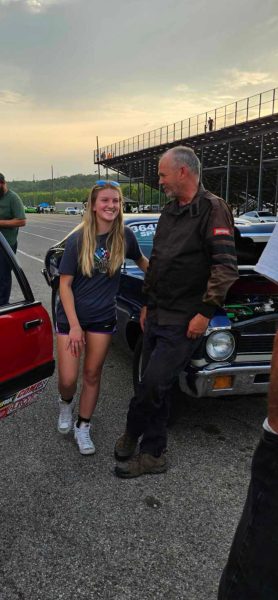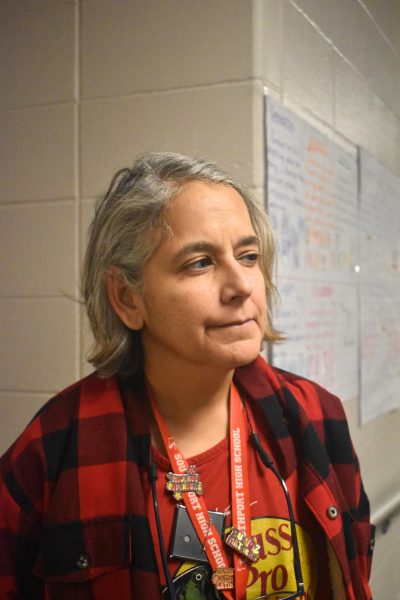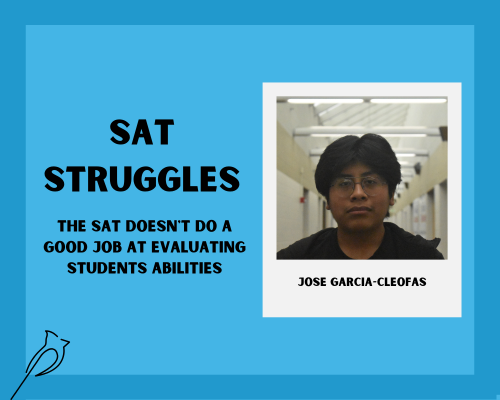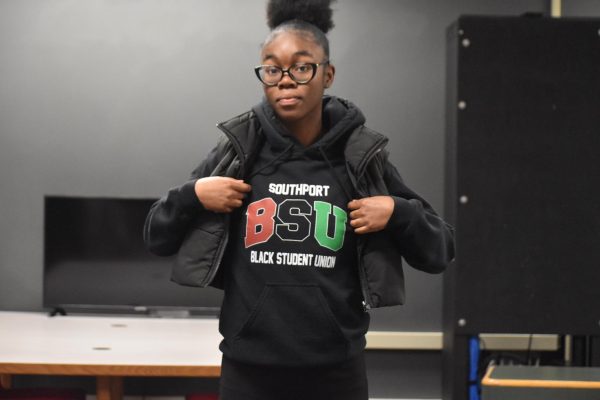Benefits from the border
SHS has seen a large amount of immigrants coming to the school. The percent of English Language Learners went up by 3.3 percent just in the past within the past two school years. Now, the need for the knowledge on this topic has risen for some. EL teacher Amy Peddie saw this and wanted to learn more to help her better understand the people around her. She wanted to look for points of connection and places where SHS could collaborate with countries that are on U.S. borders.
The trip was made possible because Peddie applied for and received the “Lilly Teacher Creativity Grant.” This grant is given to 100 teachers every year, and it’s a way for teachers to renew their love and commitment to teaching. Peddie applied for the grant, not expecting to win, but she did.
After winning the grant, she planned on using it to meet the need of learning about the the immigrant population she works with every day. She hoped to do this by going on a trip to El Paso. She wanted to gain this experience to see how the border worked and how immigrants are affected by it.
To start, Peddie sent out to find teachers who wanted to come and share the experience with her. English teachers Erin Ancelet, Dawn Fowerbaugh and Sarah Gott-Helton, former spanish teacher Patricia O’Connor, math and science teacher Laurel Dienhart and art teacher Kalie Holdren all wanted to go to El Paso to see how the border worked and how the immigrants there were affected by it.
They planned going down to El Paso on June 3 and staying there until June 9, but they did not know what they were getting themselves into.
“We were taking a leap into the unknown.” Peddie said.
While they were near the border, the group saw an Immigration Detention Center. When they visited the center, it was near the time that there was nationwide controversy around the centers’ policies and ethics on separation of children from their parents.
“At the time, while we were down at the shelter, there were families calling the shelter and asking, ‘Where is my son? Where is my daughter?’” Peddie said.
The group also saw many kids coming to the shelter sick. Some were throwing up on the floor and the volunteers gave them Tylenol. It was very obvious to the group that no one was being seen by a doctor.
“There was a woman who was released two days after having a C-section, and so, her 2-day-old baby was in the shelter,” Peddie said.
Every day was a struggle for both the volunteers and the immigrants. It was at least 100 degrees during the day and in the 90s at night. They were sweating constantly. The teachers realized that this was an everyday thing for the people in the shelter.
Most of the families at these places were also very young. The families there could stay up to three days while the workers, who were all unpaid volunteers, tried to find people to sponsor the families and connect them.
Peddie and her group helped the immigrants by cooking them meals, helping to watch and entertain the kids and by giving them some basic necessities, such as clothes, soap and other hygiene items.
“You felt your privilege. In a way you don’t typically always feel, but there you felt it.” Helton said.
Going into the trip, no one expected to experience what they did. They learned that these things were happening for many years, and that it wasn’t something that had just started recently. It was a completely different world to them and they realized that their concept on what happens at the border was completely wrong.
“Up here, we have a really mild concept of what the border is and immigration.” Gott-Helton said. “I feel like in the news sometimes they make it out to be scary or more horrible it is, whereas for people in El Paso, it’s like ‘No not necessarily.’”
They came to see how the border worked and they wanted to rekindle their love for teaching, and how to better understand their students.
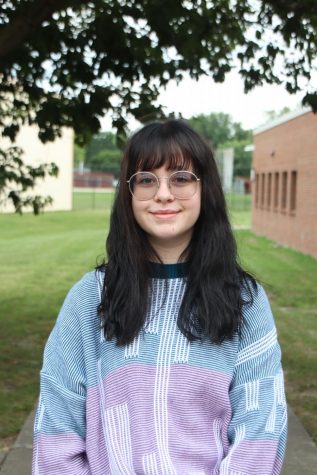
Hi! I’m Brianna Henry, and this year I am so excited to say that I am Design Managing Editor this year on The Journal. This is my senior year at SHS,...


